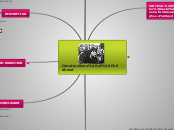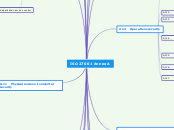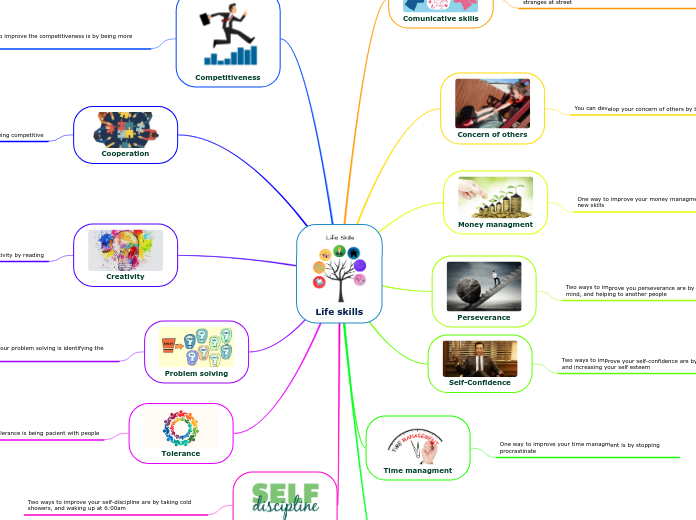door GLORIA ANALY CHANGOLUISA CHANGOLUISA 1 jaar geleden
102
Introducing English Semantics
The development of language in individuals involves both conscious and unconscious knowledge, which evolves simultaneously and interdependently. Language is inherently creative, enabling communication beyond a fixed set of topics.









